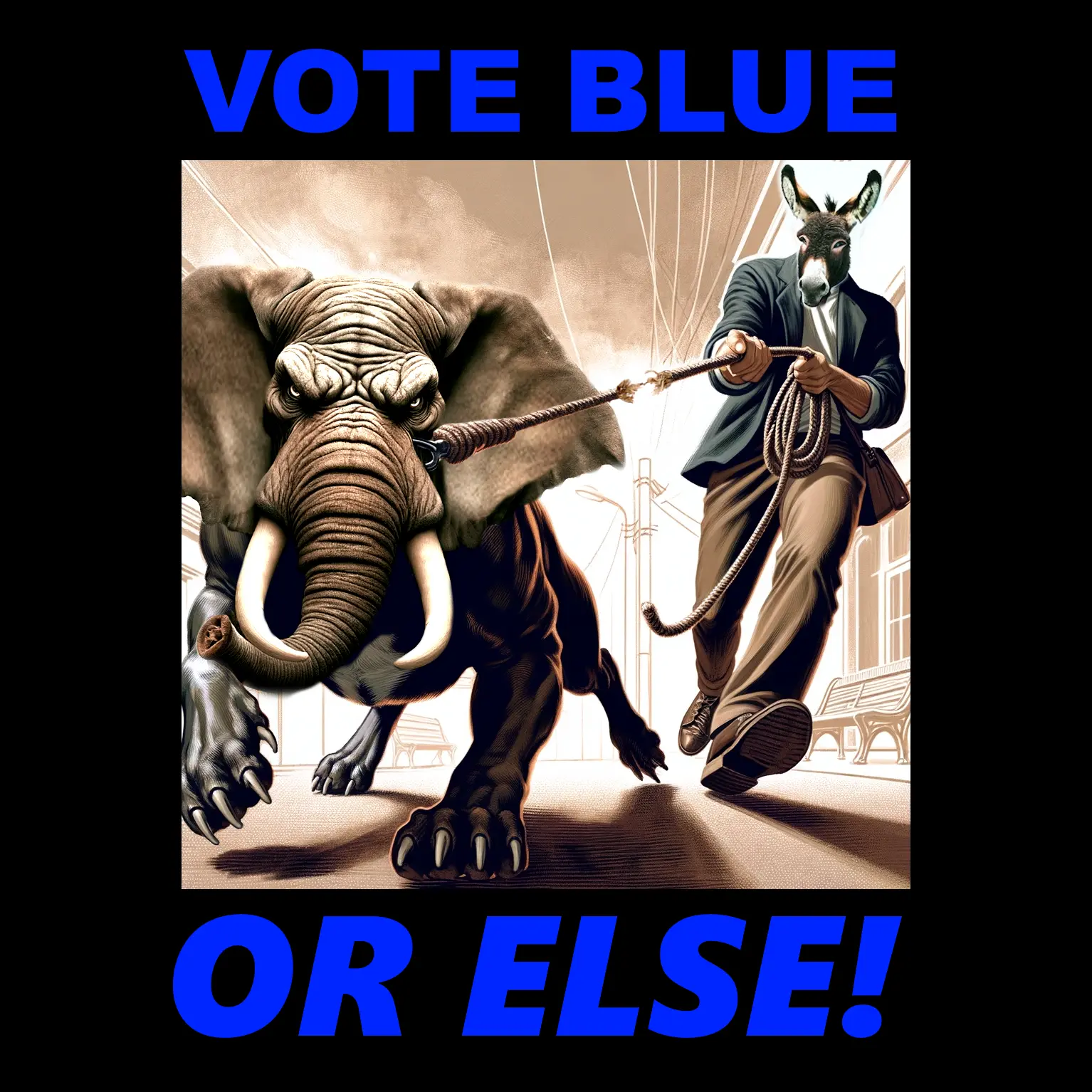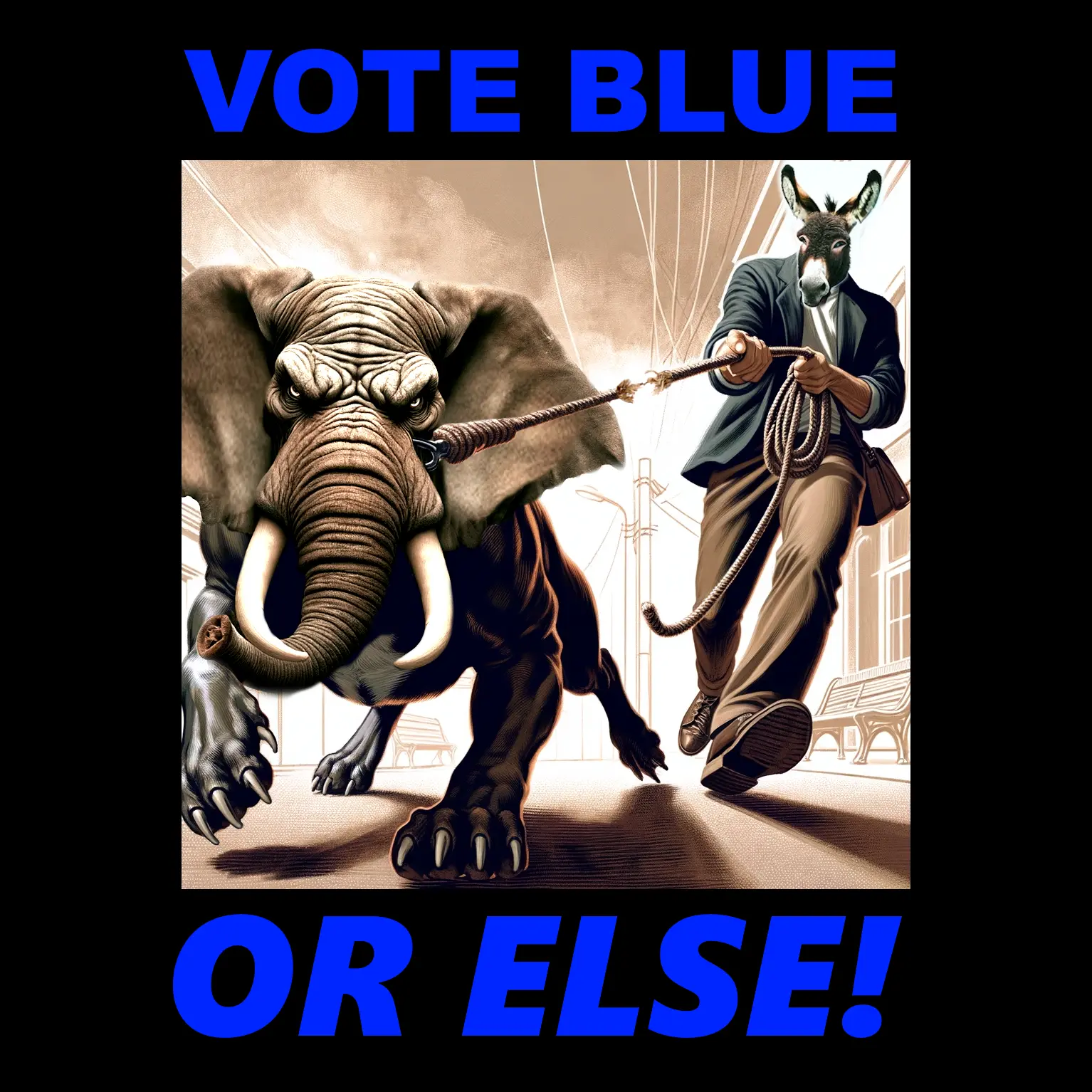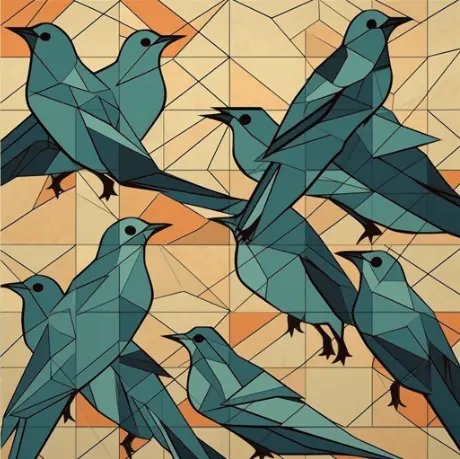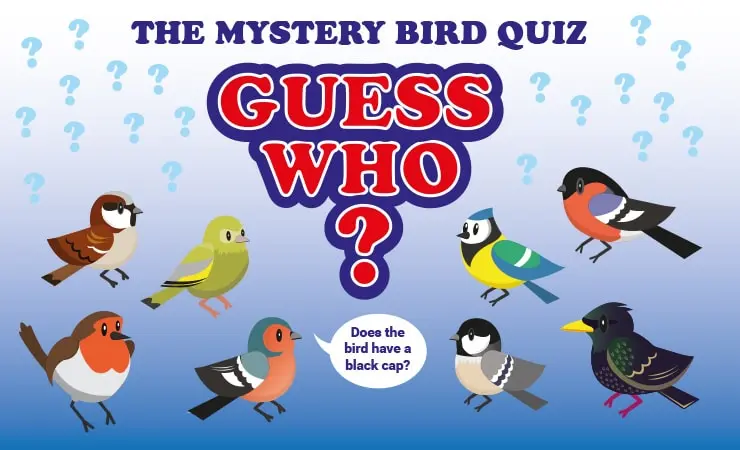An open-source civilization is a concept rooted in the principles of the open-source movement, which originally began in the realm of software development. Open source in software refers to programs whose source code is made available to the public, allowing anyone to look at, modify, and distribute the software freely. When applied to the notion of civilization, it means the free sharing of knowledge, tools, technologies, and methodologies to collectively build and improve upon societal structures. Here's a more detailed look:
1. Access to Knowledge:
In an open-source civilization, knowledge isn't hoarded or gatekept by a few. Whether it's educational content, scientific research, or technological advancements, information is shared freely. This democratizes learning and innovation.
2. Collaborative Design:
Just as open-source software benefits from many developers contributing, cities, communities, and systems in an open-source civilization are designed through collaborative efforts. People from diverse backgrounds can offer insights and skills to create more holistic and inclusive solutions.
3. Decentralization:
Centralized systems, whether in governance or production, can lead to bottlenecks, inefficiencies, and power imbalances. An open-source approach leans towards decentralization, distributing power and resources across networks of participants.
4. Transparency:
A hallmark of open source is transparency. When applied to civilization, this means governance processes, decision-making, and societal operations are open to scrutiny, allowing for accountability and trust.
5. Iterative Development:
Open-source projects, like software, are often in a state of continuous improvement. Similarly, societal systems and structures in an open-source civilization are always evolving. Feedback loops are integral, ensuring that inefficiencies are addressed and systems are refined.
6. Resilience through Diversity:
Just as biodiversity is crucial for ecological resilience, an open-source civilization encourages diverse solutions and approaches. Multiple solutions can coexist, ensuring that there isn't a single point of failure.
7. Redefining Value:
In an open-source world, value isn't just monetary. Contribution to the community, sharing knowledge, and collaborative spirit are as (if not more) valuable than fiscal wealth.
8. Adaptability:
As new challenges arise, the open-source nature of the civilization allows for swift adaptation. Solutions can be crowdsourced, tested, refined, and implemented rapidly.
Challenges:
Like any model, an open-source civilization would face challenges. Balancing individual rights with collective benefits, ensuring equitable participation, and avoiding the tragedy of the commons (where shared resources can be overused) are issues that would need addressing.
In essence, an open-source civilization extrapolates the principles of open-source software to every aspect of society, creating a world that is more collaborative, transparent, and adaptable. This doesn't mean it's a panacea for all societal challenges, but it does offer a different paradigm for how societies can operate and evolve.








4chan back before the Nazi takeover was like the wild west. My favorite part was "Lithursday," when we would share images with embedded PDFs of copyrighted content, including rare books, anarchist materials, and military manuals. I often wonder if those unusually large .jpgs are still floating around the internet waiting to be unlocked. I also saw legitimate acts of activism and terrorism unfolding live, without the interpretation and propaganda of the state.